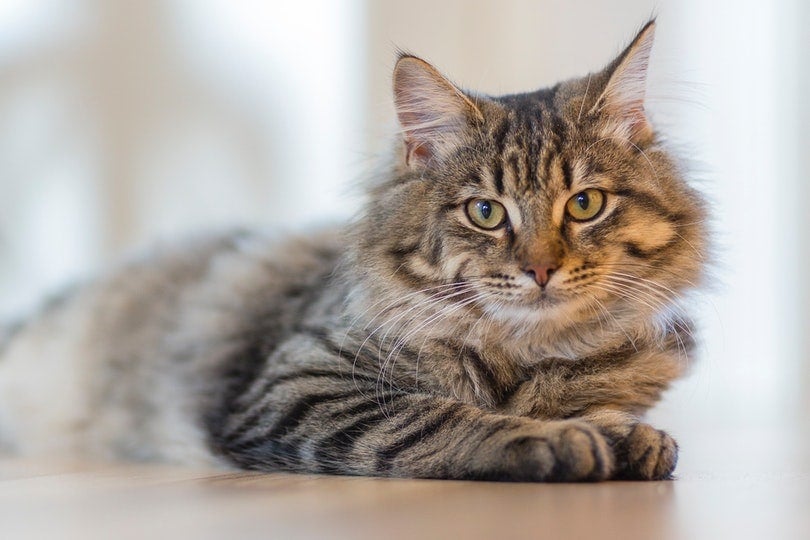Canadian Lynx vs Bobcat: How Do They Differ? (With Pictures)
Updated on
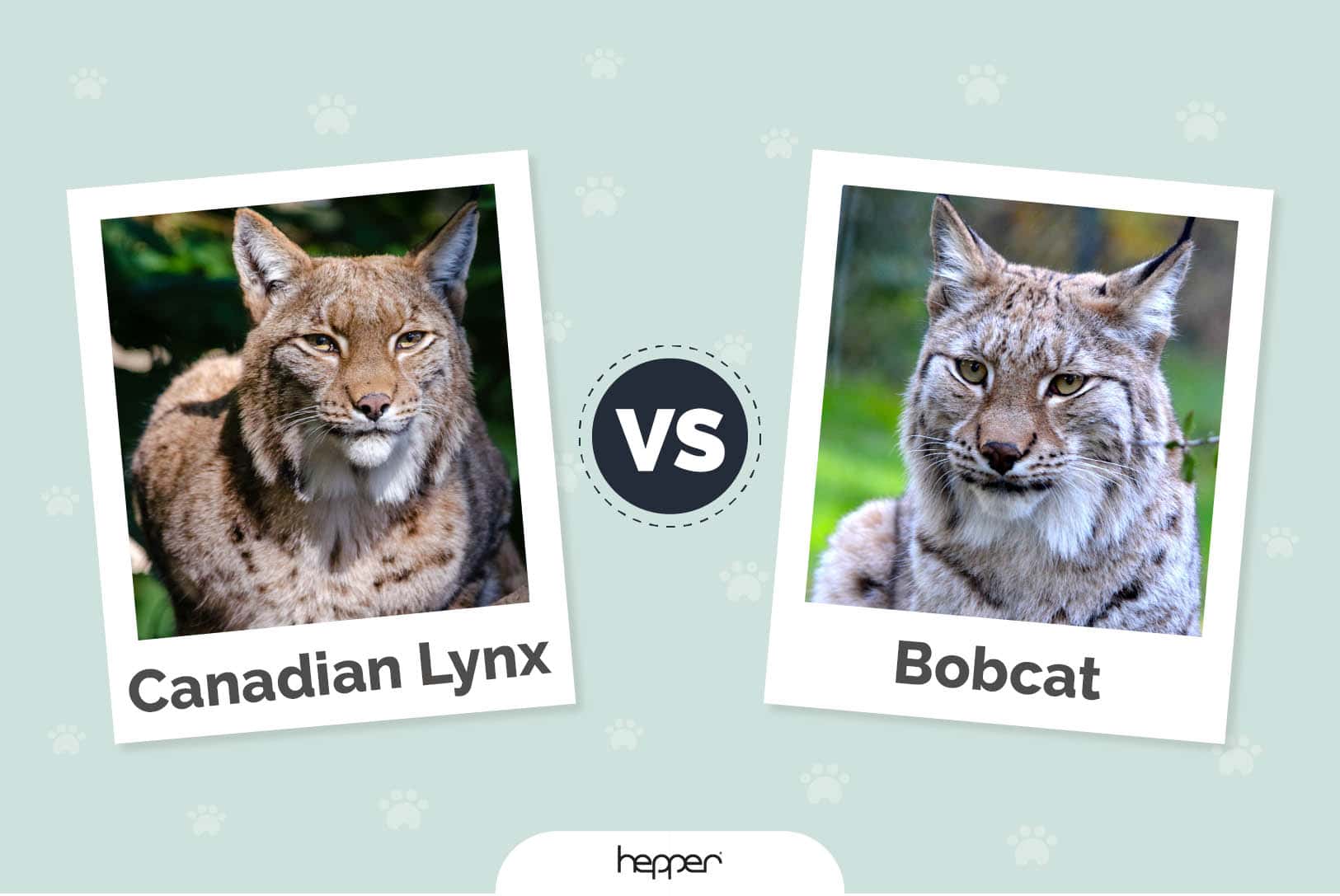
Click to Skip Ahead
As two well-known North American wild cat family members, the Canadian lynx and the Bobcat are often mistaken for one another due to their similar appearance. While the two species have a lot in common, some specific differences can make it easier to identify which is which.
In this article, we’ll go over how the two wild cats are similar and how they differ. If you’re ever lucky enough to see one of the secretive cats in the wild, be sure not to get too close trying to figure out which is which!
Visual Differences
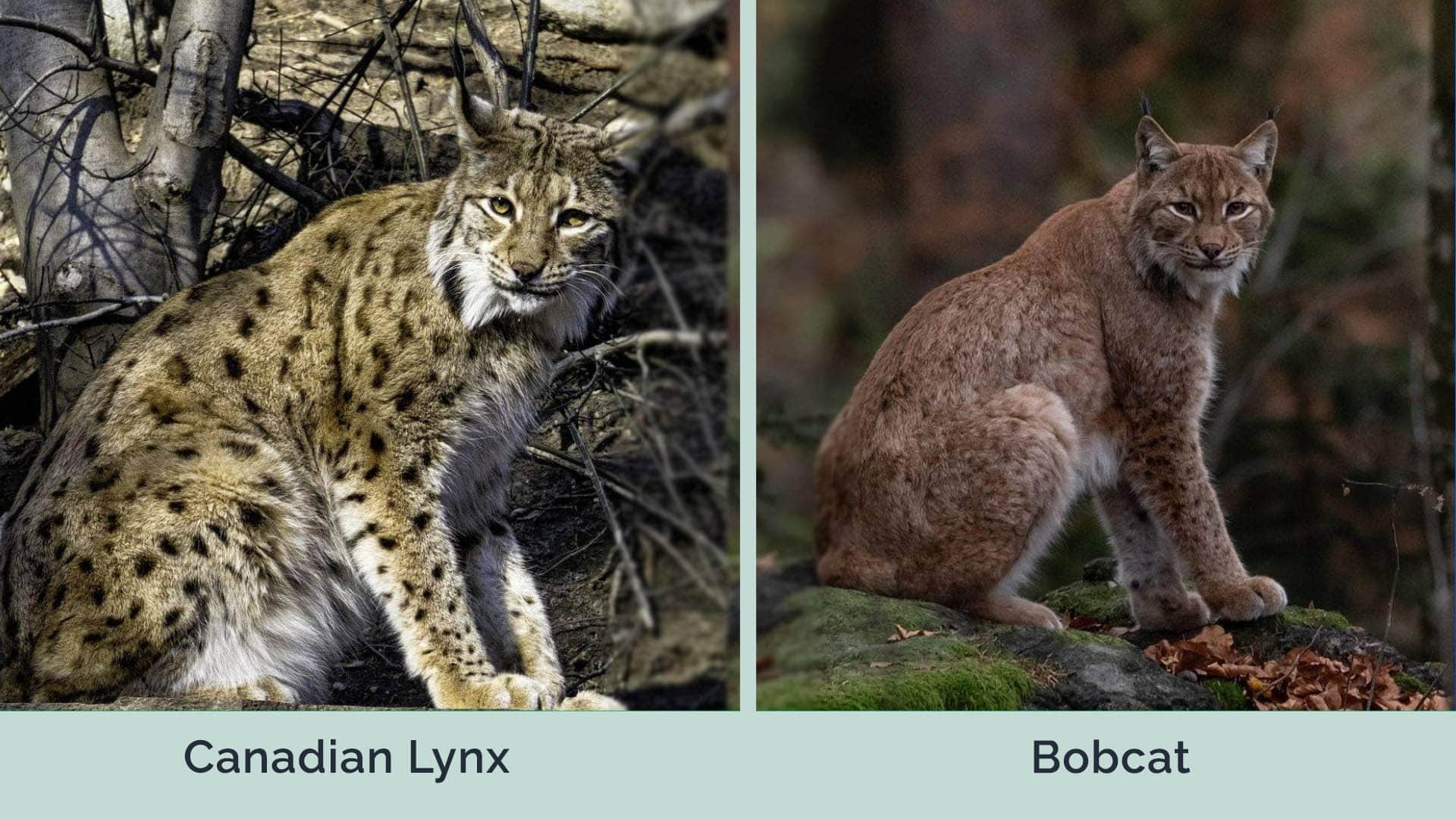
At a Glance
- Range: Canada, Alaska, portions of Maine, New Hampshire, Minnesota, Montana, Idaho, Colorado, Washington, Michigan, Wisconsin
- Size: 30–35 inches long, 20 inches tall, 15–30 pounds
- Lifespan: 14 years in the wild, up to 26 years in captivity
- Habitat: Sub-alpine forests
- Range: Southern Canada, throughout the lower 48 United States, northern Mexico
- Size: 25–41 inches long, 21 inches tall, 13–29 pounds
- Lifespan: 12–13 years in the wild, up to 33 years in captivity
- Habitat: Forests, swamps, deserts, scrub forests
Canadian Lynx Overview
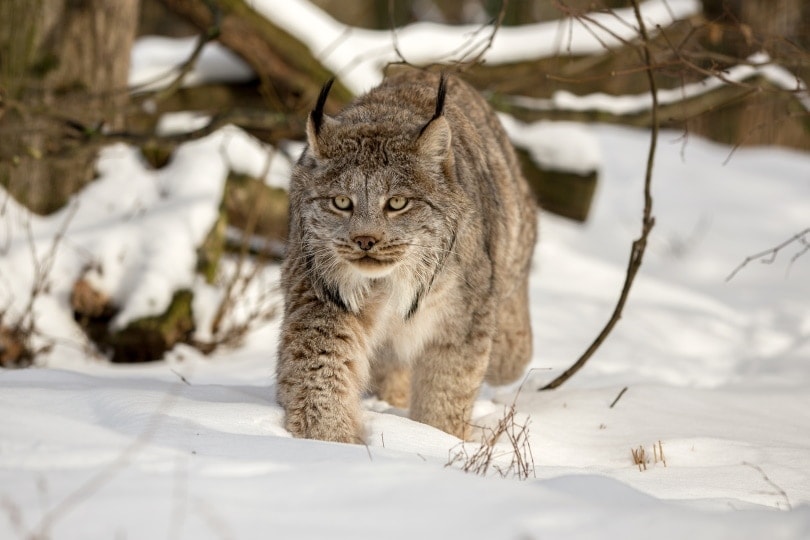
Characteristics & Appearance
The Canadian lynx has light brown or gray fur, with dark spots throughout. Their legs are long, especially the hind legs, with enormous, furry feet. Canadian lynx use these large feet, toes spread wide, to help them walk on the snow in their cold, wintery habitat.
A Canadian lynx has a short tail with a black tip. Their faces are ringed with longer fur, especially in the cheek area. Their pointed ears are tipped with long, black tufts. Male Canadian lynx are slightly larger than females.
Canadian lynx are solitary, nocturnal hunters. Females raise one litter per year, providing all care and hunting education to their kittens.
The Canadian lynx is endangered in the lower 48 states, primarily due to human activity. The existing populations are fragile and not as robust as those in Canada and Alaska. These populations are monitored carefully by wildlife authorities.
Diet
In the northern part of their range, above the border, the Canadian lynx almost exclusively eats snowshoe hares. The two species share such a close predator-prey relationship that the lynx population growth is dependent on that of the snowshoe hares. Without snowshoe hares south of the border, Canadian lynx prey on game birds, small rodents, squirrels, and other rabbit species.
Bobcat Overview
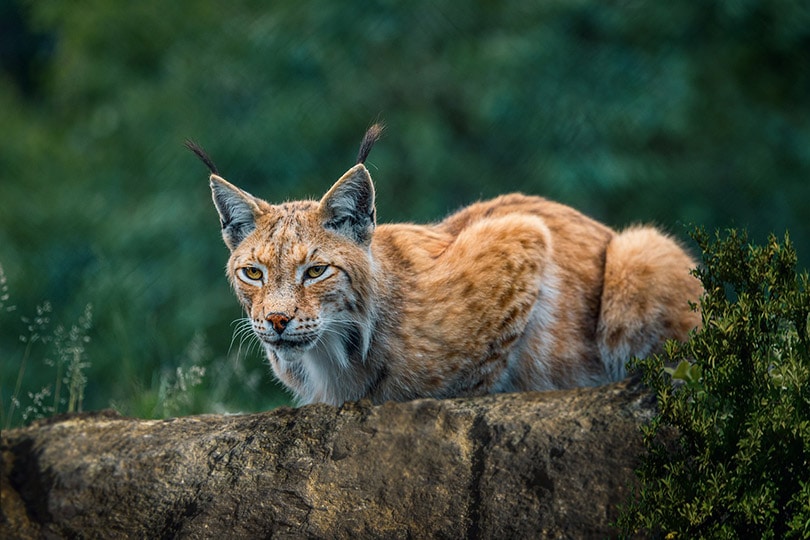
Characteristics & Appearance
The Bobcat’s coat is light gray to red-brown, with darker bars and spots all over. Bobcats have long legs and small feet. Their short tail has several dark bands and black tips on top.
Bobcats are short and stocky, with large, pointed ears, occasionally tufted. Their eyes are yellowish-brown, and their faces are ruffed. Their size varies by their range, and Canadian Bobcats are the largest.
Although they’re solitary animals, male and female Bobcats establish a home range. The male’s range is larger and usually overlaps several breeding females. Once they have an established territory, females raise one litter per year.
Bobcats hunt day or night, depending on when their prey is most active. Their population is considered stable, and they are the most widespread wild cat species in North America. Their main threat is human development and hunting, although they are more tolerant of habitat change than many other animals.
Diet
Bobcats will eat whatever they can get their paws, which is why they are so adaptable. They eat rabbits and other small animals but are strong enough to kill a deer if necessary. Some bobcats will prey on domestic pets, chickens, and other livestock.
Bobcat hunting and trapping are allowed in most states, but the cats are more likely to attack a pet than a human.
What Are the Differences Between Canadian Lynx & Bobcat?
The differences between Canadian lynx and bobcats fall into roughly three main categories.
Range/Habitat
If you live outside of Canada or Alaska, the odds are that the wild cat you see in the woods is a bobcat, not a Canadian lynx. Lynx populations in the lower 48 states are sparse, and because the cats are nocturnal and secretive, your chances of spotting one are slim.
Canadian lynx are usually found only in forests, whereas bobcats live just about anywhere, including swamps and deserts.
Physical Appearance
The Canadian lynx has a longer, heavier ruff on its face than the bobcat. They always have black ear tufts and a black-tipped tail, while bobcats may or may not have tufted ears. Lynx have much bigger feet and thicker fur than the bobcat.
Bobcats can be any color from gray to reddish-brown with both bars and spots, while Canadian lynx are generally lighter, with spots only.
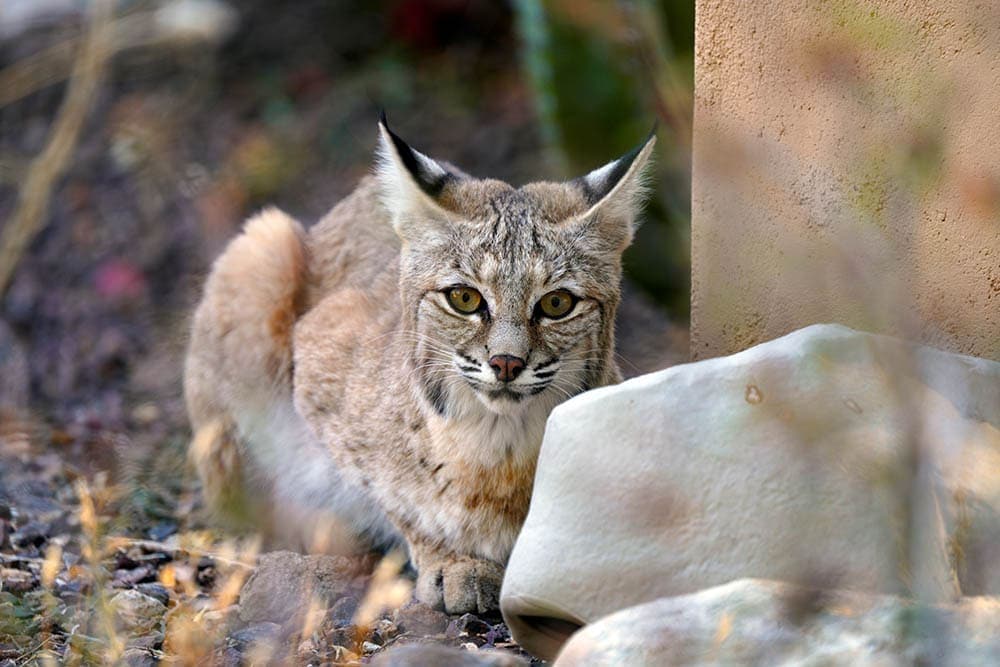
Hunting Habits
Canadian lynx almost only hunt at night, and you probably won’t spot one out during daylight hours. Bobcats may be active at any time, making them more likely to be seen by humans. Bobcats won’t go out of their way to interact with people, but they also don’t avoid human activity as lynx do.
Final Thoughts
Like most predators, Bobcats and Canadian lynx play a key role in their local ecosystems. Unfortunately, they often suffer the same fate as other predators, falling victim to humans who blame them for attacking livestock. Conservation efforts are underway for Canadian lynx populations in the United States, while the bobcat seems stable thanks to its more adaptable nature. With many similarities between the two species, the life-or-death difference between them may be how well they cope with the threat of human activity.
Featured Image Credit: Jumpstory



